Category: Other thoughts
World of mouth
Possibilities rather than realities
Anyone with any experience of mental illness knows it’s not the romantic well of creativity that literature and pop culture can make it out to be, but I would like to think through creativity and success in regards to depression.
What makes pop culture represent depression in such an idealised/idolised and romantic manner anyway? I know in high school I used to say I wanted to die before I got old – to go out with potential before I inevitably disappointed everyone. But romanticized? Is it because Ernest Hemingway shot himself and Virginia Woolf drowned herself? Are those really the standards of literary creative genius? To me, there is nothing #pale about suicide no matter how many soft grunge Tumblr posts you look at.
If depression affects so many diverse groups of people, why are creative types singled out? What’s the link between the two?
While the possible solutions are many (the mind is a very complicated subject, after all), countless psychologists and psychiatrists tend to agree that major depression is amplified in those who tend to ruminate on their thoughts.
… Creatives naturally tend to think more, and think about their very thoughts too. … Creative thinkers tend to [replay] events over and over again to better understand them.
In this sense, it’s not the romantic notion of depression that leads to creativity, but that those more inclined to intensely think and re-think (and therefore tend to be creative types) are more likely to experience depression more intensely.
Another theory for the link so widely discussed between depression and creativity is that while creative types experience depression, they also experience higher rises due to motivation after “coming out of” the depression. I have trouble accepting this simply for the relative ease given to “coming out of” depression, it does help to displace the false idea that depression fuels creativity. Perhaps it is a more plausible explanation for creativity in bipolar disorder:
Professor Kay Redfield Jamison, who wrote the landmark Scientific American article, is an international authority on the subject, both as a psychiatrist and as a person with bipolar. She observes that manic-depressives in their high or manic state think faster and associate more freely. When manic, people need less sleep, have unusual energy and focus and an inflated self-belief, all of which may allow the production of original work.
On the other hand, the creative professions themselves can tend to be a perfect combination of factors that may contribute to depression:
Here, again, I’m speaking mostly about writers. Our work tends to be done alone. We spend long hours in front of a computer screen trying to make our words make sense. We edit relentlessly. We socialize, yes, but infrequently and on a different frequency than most. Our creativity sets us apart, and it often makes it difficult to connect with people who don’t share that background and outlook.
We don’t tend to sleep as well. We have less consistent hours. We often go sleep deprived or collapse for long nights after going without for too long. We feel driven by ideas that won’t let us sleep. We are often night owls.
But consistent sleep and waking early help improve stability and happiness.The number one predictor of happiness is the number and strength of one’s social connections.And this doesn’t even touch on being sedentary, having the high stress of deadlines, how constantly we face rejection. The traditional lifestyle of the writer is in many ways the perfect storm of depression risk factors.
Correlation, of course, does not equal causation.
We know depression and creativity co-exist, but … well … it’s like this: If you have severe depression, you have to get pretty damn creative to survive it.
Sometimes the black hole of depression can be so life-engulfing it’s impossible to see through to when it will be light again. And, while it’s cliched and embarrassing, for those times here is a list of people who have made something of themselves despite/in spite of the struggle:
Buzz Aldrin
Sheryl Crow
Ellen Degeneres
Owen Wilson
Abraham Lincoln
Charles Darwin
Picked up the wrong book
I just found this article from The New Yorker about comprehension with online reading and training to read deeply on the internet. An interesting market: digital apps to train students in the tools of deep reading.
We read more quickly when lines are longer, but only to a point. When lines are too long, it becomes taxing to move your eyes from the end of one to the start of the next. We read more efficiently when text is arranged in a single column rather than multiple columns or sections. The font, color, and size of text can all act in tandem to make our reading experience easier or more difficult. And while these variables surely exist on paper just as they do on-screen, the range of formats and layouts online is far greater than it is in print. Online, you can find yourself transitioning to entirely new layouts from moment to moment, and, each time you do so, your eyes and your reading approach need to adjust. Each adjustment, in turn, takes mental and physical energy.
—
Julie Coiro, who studies digital reading comprehension in elementary- and middle-school students at the University of Rhode Island, has found that good reading in print doesn’t necessarily translate to good reading on-screen. The students do not only differ in their abilities and preferences; they also need different sorts of training to excel at each medium. The online world, she argues, may require students to exercise much greater self-control than a physical book. “In reading on paper, you may have to monitor yourself once, to actually pick up the book,” she says. “On the Internet, that monitoring and self-regulation cycle happens again and again. And if you’re the kind of person who’s naturally good at self-monitoring, you don’t have a problem. But if you’re a reader who hasn’t been trained to pay attention, each time you click a link, you’re constructing your own text. And when you’re asked comprehension questions, it’s like you picked up the wrong book.”
this
RWAV Demo Reflection
I really enjoyed the demo experience, I think mainly because I wasn’t on air so didn’t need to worry about nerves! Kim and I were given shared roles of online producers and contributing producers for the demo, so there wasn’t a lot we needed to do for this demo. I enjoyed having last semester’s package piece played because I really loved the finished product at the time, so listening with fresh ears was an interesting experience: certain things I didn’t pick up on back then I noticed this time, and cute memz of making the piece all came flooding back 🙂
Constance and Michelle both sounded somewhat nervous in this demo, which showed just how important doing the demo was in order to get over nerves and work up confidence for the live to air program.
I loved the music on the demo, and big props go to Maddy for organising this. Of all of the feedback we have had, the 3RRR appropriateness of the music has been a strong point, and that comes down to Maddy’s research (and her own groovin’ music collection). Alois did an amazing job on the panel, with only minor issues that again come down to practice and experience. One concern of the demo however was that the music doesn’t fade between tracks and/or has no linking or sting, so at times felt a bit disjointed and jarring, which we will definitely work on for the live show. I think the show would also benefit from playing out the tracks when back-announcing (as in saying what the song is as the song fades down in the last 10 seconds). The ‘stop-start’ nature of the show seems a bit awkward and slightly disjointed.
The throws to songs and pre-recorded packages had a bit of an air of wrapping up, which again I think came down to presenter nerves and lack of experience, so they can only get better and more natural sounding. At this stage in their careers, our presenters don’t have a very strong presence on air, which is hard to learn and portray well – I guess this is the downside to having a show mainly music driven as opposed to personality driven in commercial radio.
We included some conversation and presenter opinions, and I’ll admit I did suggest a couple of notes to discuss, mainly just to fill in the time. We learnt that this may not be the best use of time and wasn’t 3RRR appropriate, but I think the interviews will fill in the time more adequately and appropriately.
Creativity can survive its own failure
I’m not a huge Elizabeth Gilbert fan, but I did find her latest TEDTalk interesting since I’ve been having strange feelings of WHAT DOES IT MEAN and HOW DO WE CONTINUE regarding creativity and fragments and how to keep inspired and keep going in the face of non-completion.
Mood board – generative art
- Generative art refers to art that has been created with the use of an autonomous system (a system that is non-human and can independently determine features of an artwork that would otherwise require decisions directly from the artist)
- Examples of generative art include computer generated artwork that is algorithmically determined, systems of chemistry, biology, mechanics and robotics, manual randomization, maths, symmetry, etc
Examples:
Musikalisches Würfelspiel (Musical Dice Game) – Johann Philipp Kirnberger
Dice were used to select musical sequences from a numbered pool of previously composed phrases. This system provided a balance of order and disorder. The structure was based on an element of order on one hand, and disorder on the other.
John Cage used chance as a defined rule in a rigorous fashion to exclude predetermined connections. He was concerned with making sounds possible in a way completely independent of the composer. To do this, Cage for example used sound carriers (instruments) which were completely independent of his composition. In “Imaginary Landscape No. 4” (1951), he wrote a piece for 24 radios. He laid out rhythms and sequences Using traditional notation. The result, however, remained unplanned, dependent upon the place and time of the performance, broadcast frequencies and radio programme structures.



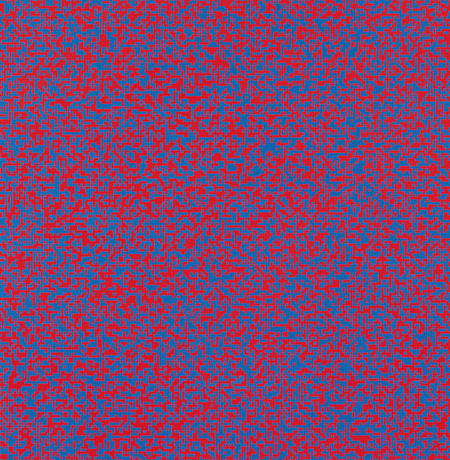

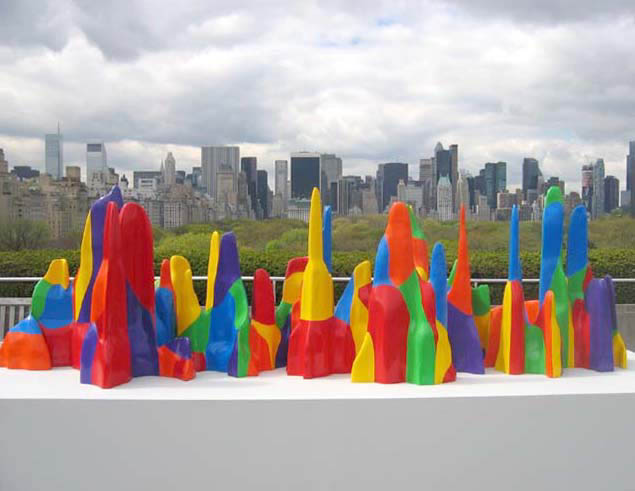


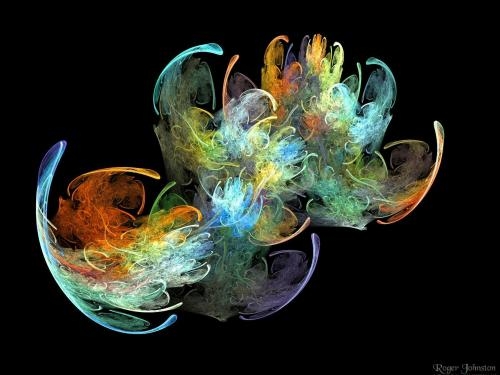




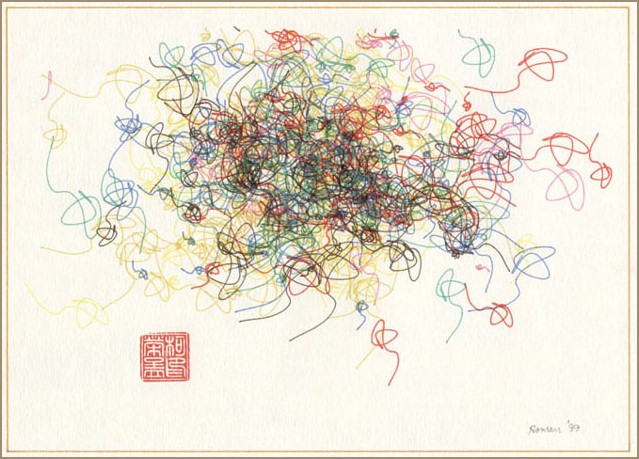

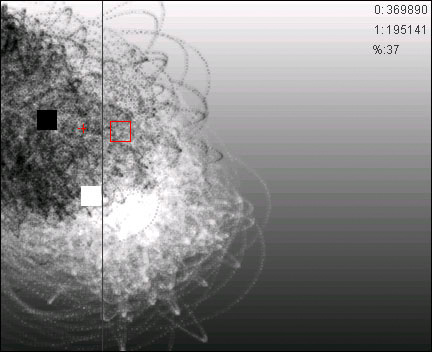

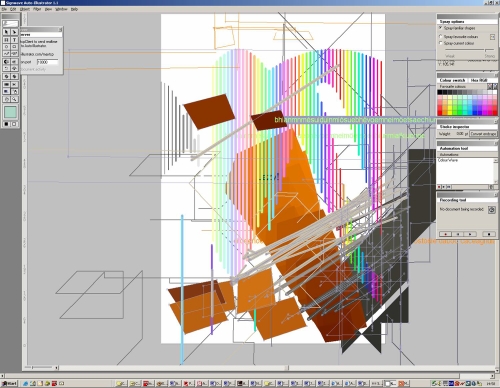
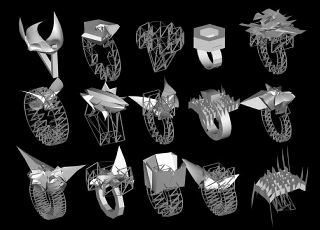
- Generative art systems can be categorized as being ordered, disordered, or complex.
- For Clauser, a critical element in generative art is that process and change are among its most definitive features
- For Adrian Ward, generative art is a term given to work which stems from concentrating on the processes involved in producing an artwork, usually automated by the use of a machine or computer, or by using mathematic or pragmatic instructions to define the rules by which such artworks are executed.
- Philip Galanter defines generative art as any art practice where the artist creates a process, such as a set of natural language rules, a computer program, a machine, etc, which is then set into motion with some degree of autonomy contributing to or resulting in a completed work of art.
**All information quoted or paraphrased from Wikipedia unless specified**
Mood board #2
Seth suggested in one of the tutes to look at narratingplace.info
I found this resource inspiring and informative: I found the pieces that were most simple and let the place speak for itself most compelling, and I want to incorporate this idea into my own clips of place.
Some of my favourite and most effective and affective works:
